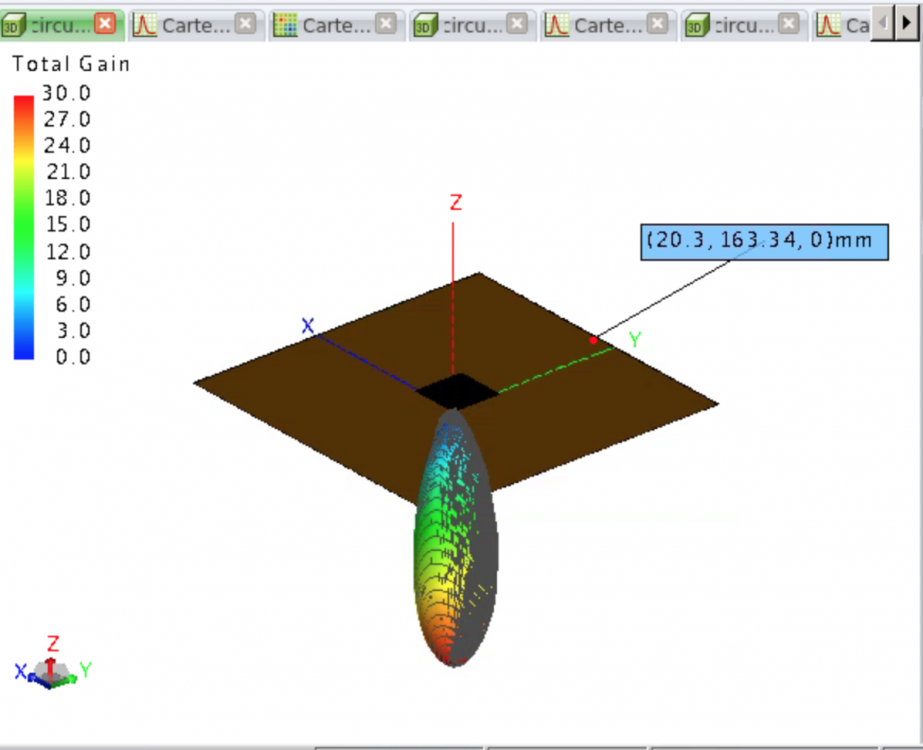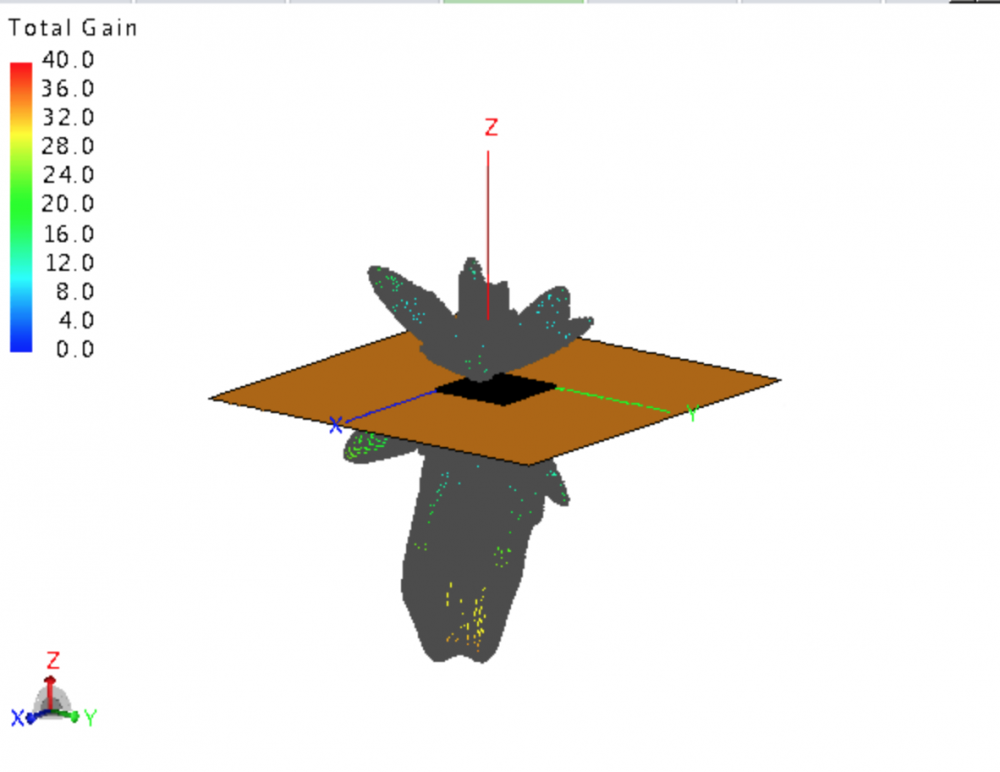Hi all,
I wanted to understand how the far field from a near field response from another simulation works. I have a circular waveguide junction problem where I find the aperture field distribution and make it the input of the next simulation as a source to find the far field from it. I have put a PEC surface around the near field source (Not above or below) so that the near field acts as a slot (magnetic virtual current source). I expected to see radiation towards both half of the space but I see on one side like as if there is a PEC surface below that too. However, for some other configuration I do see some radiation towards the other half space. I wanted to understand what exactly happens.
I am attaching both models.
<?xml version="1.0" encoding="UTF-8"?>
<?xml version="1.0" encoding="UTF-8"?>
Unable to find an attachment - read this blog